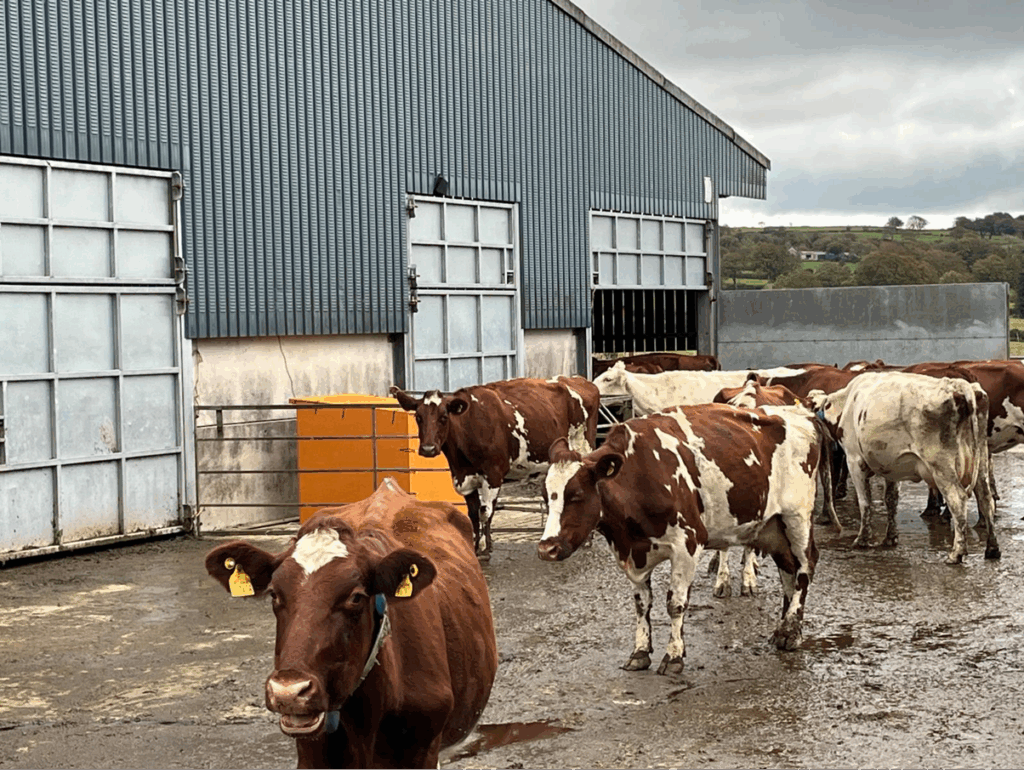Leprino Europe: Lean Management in Dairy Farming

Leprino supports farmers to reduce their carbon footprint by up to 26% and cost of production by £3.9 million
Over the last two years, Leprino Europe has worked with 27 farms to support increased business efficiency by applying lean management principles to dairy production. Leprino fully funded the program that was codeveloped to meet the participating farms’ needs. Instead of large investments or major changes, this framework enabled farmers to identify and improve marginal gains across their entire business.
LEAN MANAGEMENT ON THE FARM
Originally developed for automotive manufacturing, lean management isn’t new to agriculture, but Leprino introduced a novel, cow-centered approach and worked with the farmers to reframe the focus from labor or equipment, to position the cows as the farm’s value generator. In doing so, a cow’s milk output is maximized to optimize the environment, processes and strategic direction of the business.
A STRUCTURED PROGRAM
This program included a four-section course with regular one-to-one consultations by a lean consultant and a dairy vet.
Farmers identify bottlenecks and constraints in the system, then work to address findings. Under the lean framework, solutions can be visualized, quantified in terms of return, prioritized and monitored for improvements.
PROMISING OUTCOMES
Farmers have seen a significant reduction in cost of production as well as carbon reductions from:
- Reduced inputs and maintained outputs (i.e. the same milk with fewer cows/replacements)
- Increased outputs from the same inputs (i.e. improved feed conversion efficiency, improved fertility and/or improved animal health and welfare)
- Reduced inventory (i.e., fewer replacement animals required to maintain a stable herd)
- Reduced specific carbon intensive inputs (i.e. fertilizers and feed ingredients such as soy)
In addition, labor efficiencies have enabled farms to tackle harder tasks with more time.
On an annual basis, reductions in carbon footprint progressed from 3%-10% in year one to 24% – 26% in year two. Within this group of 27 farms, the cumulative results were reduce carbon footprint by up to 26% and cost of production by £3.9 million.